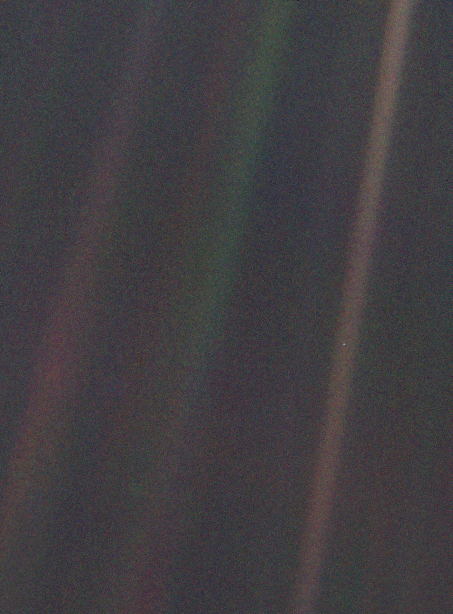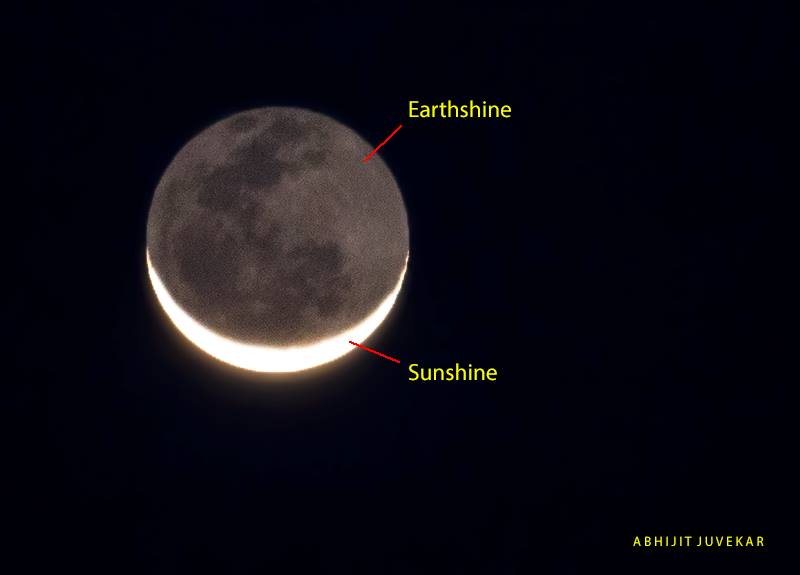Or have you already observed the Moon with a 4-meter telescope?
As said in many other places, being a support astronomer in La Silla Observatory in Chile was an amazing experience. The people, the place, the southern sky… and the crazy experiments! So here is the story of observing the Moon with the New Technology Telescope, a 4m-class telescope (3.52cm of diameter for the primary mirror, to be exact).
We found exoplanets, the first one in 1995, by my former professor and assistant M. Mayor and D. Queloz. 51 Peg b was a so-called “Hot Jupiter” because it was as big as Jupiter and very close to its host star. With time passing, we found many more (we are approaching 6000 nowadays). And because spectrographs and other techniques were deeply refined and improved, we started to detecter smaller exoplanets, and further away from their host star.
Quite logically, we will stumble upon an “Earth-like” exoplanet at some point. It’s only a question of time. But how will we recognize it? Of course, we could estimate the mass and the distance to the host star. But techniques of occultations are also improving, and we might detect a faint spectrum of some of these exoplanets at some point.
So the question is: what kind of space-detectable Earth “signature” could we identify? In other words, how does the Earth looks like from space? We could of course build a spacecraft and send it far awaym and look back, as in the famous Pale Blue Dot:

But it’s costly and takes a loooot of time. What if we could answer this question from Earth?
How does the Earth looks like from space… from the Earth? We simply observe the Earthlight on the Moon!
Basically, that’s light from the Sun, reflected by the Earth, traveling to the Moon, reflected by the Moon, and sent back to Earth! These long-slit spectroscopic observations were carried out around 2004 with the NTT in La Silla, with the EMMI spectrograph, switching back and forth between the dark and bright sides of the Moon disk.
It was quite an experience!
You can read the associated publication.
The most interesting part was to possibly distinguish a regular cyclic pattern in the signature, depending whether the sunlight is reflected on oceans, or a mix of oceans and lands. If this could be detected, we could infer the duration of the day. What a amazing gem! Combine with its mass and distance from host star, the duration of the day would allow to compute surface heating and a lot of amazing other things for planet modelling.
Remember it when you look again at the Moon…


No responses yet